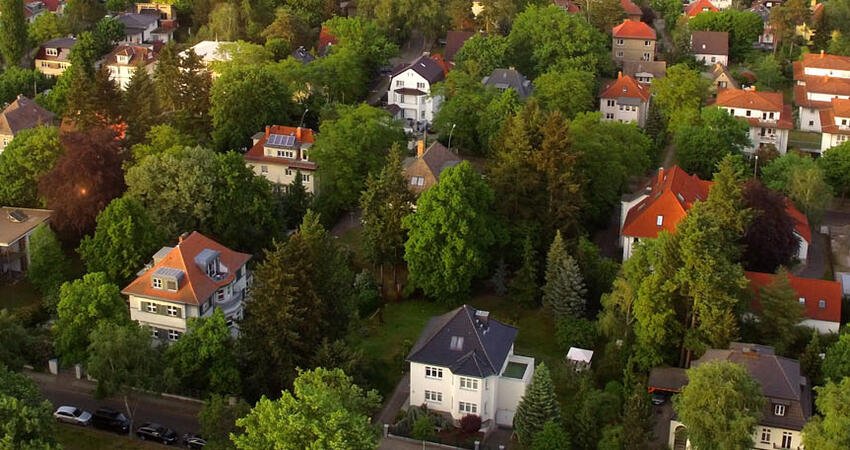
Inclusionary Zoning Can Improve Outcomes for Public Housing Residents
- Title:
- Inclusionary Zoning Can Improve Outcomes for Public Housing Residents
- Author:
-
Heather Schwartz, Susan Burkhauser, Beth Ann Griffin, David Kennedy, Harold Green, Jr., Alene Kennedy-Hendricks, Craig Pollack
- Source:
-
Housing Policy Debate
- Publication Date:
-
2015
Research suggests that living in concentrated poverty is harmful to health, well-being, and economic mobility. Inclusionary zoning can break up poverty density by imposing legal requirements to create affordable housing across neighborhoods. In Montgomery County, Maryland, inclusionary zoning laws require developers to set aside 12 to 15 percent of new homes at below-market rates and allow the public housing authority to purchase a portion of these units. As a result, two-thirds of public housing residents in Montgomery County live in economically diverse, low-poverty neighborhoods. To assess the effects of these unique conditions, researchers explored how public housing residents’ social networks, neighborhood perceptions, and health outcomes differ based on their placement in mixed-income communities or traditionally clustered public housing.
Through in-person, computer-assisted interviews of 453 public housing residents living in scattered- and clustered-site public housing in Montgomery County, researchers gathered information on the respondents’ household characteristics, perceptions of the neighborhood, self-rated physical and mental health, and the makeup of their social networks. The composition of social networks was measured using a personal network approach in which researchers asked respondents to list up to 20 people in their networks in order of importance, identifying which people lived in the neighborhood and answering questions about their demographic and economic characteristics. Researchers then coded which connections were considered of low socioeconomic status (defined as not having a high school degree or as receiving housing assistance) and high socioeconomic status (having a college degree or owning a home). To get a better picture of the socioeconomic conditions of the households themselves and their surrounding neighborhoods, researchers matched the survey results to data from the local housing authority and the American Community Survey.
Key findings
- Public housing residents living in mixed-income communities reported social networks with higher rates of people considered high socioeconomic status (39 percent), compared with those living in traditional, clustered public housing (28 percent).
- Public housing residents living in mixed-income communities reported social networks with lower rates of people considered of low socioeconomic status (20 percent), compared with those living in traditional, clustered public housing (34 percent).
- Public housing residents living in mixed-income communities reported more diverse social networks among nonfamily members (31 percent of people were a different race or ethnicity than the respondent), compared with those living in traditional, clustered public housing (23 percent).
- On average, 73 percent of public housing residents living in mixed-income communities felt that they belonged, compared with 47 percent of residents living in traditional, clustered public housing.
- Although living in scattered-site housing did not predict residents’ health or economic outcomes, the composition of their social network was associated with rates of smoking and depression. A 10 percentage-point increase in the number of low-socioeconomic contacts in a network was associated with a 2.4 percentage-point greater risk of depression and a 3 percentage-point increase in smoking
Photo by RikoBest/Shutterstock


